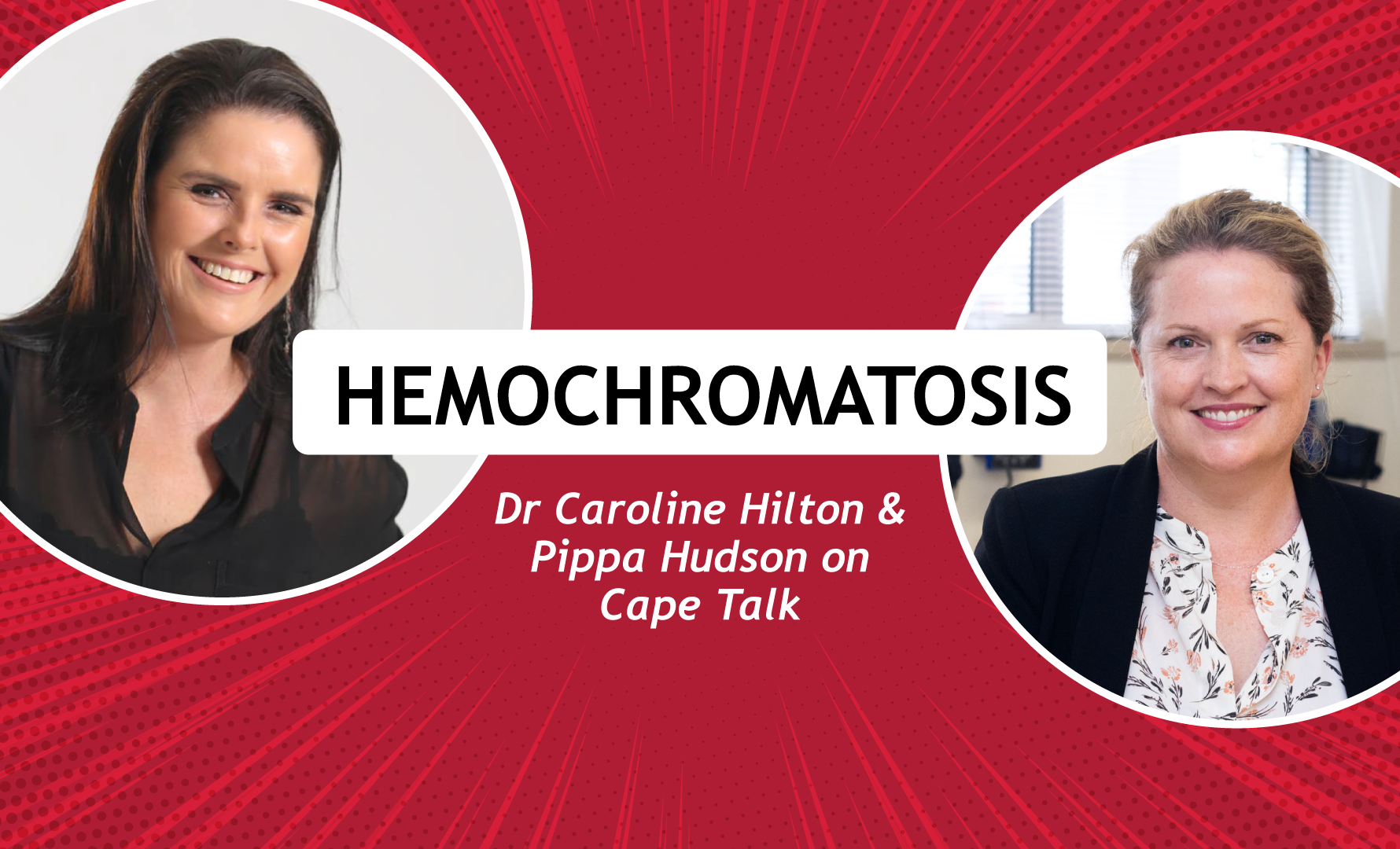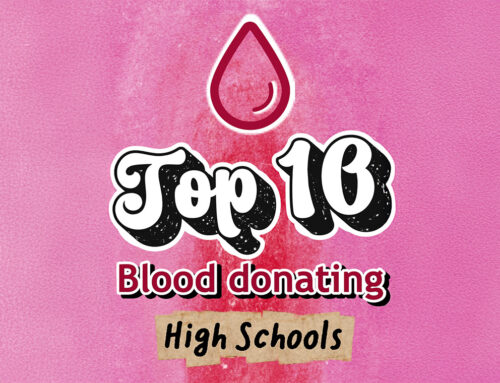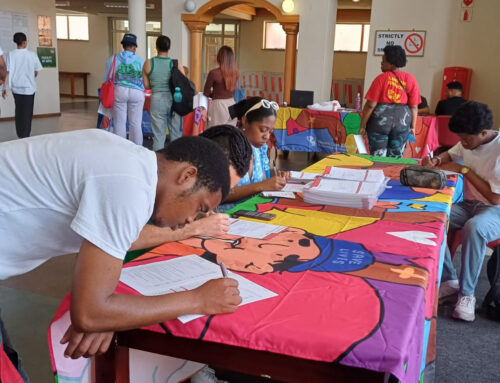By Marike Gevers
Dylan Harbour was diagnosed with hemochromatosis in 2018 when he was 32 years old. It was an incidental diagnosis and he had no severe symptoms at the time. When diagnosed, his iron ferritin was sitting above 700 and needed to be brought down to below 50. As treatment, he started with blood donations, and at one stage, he donated blood almost every week. It took him around a year and a half to reduce the iron and his ferritin then stabilised. He now continues to donate blood every 2 months.
“Hereditary hemochromatosis is a genetically inherited disease that can result in people storing too much iron in their bodies. Under normal circumstances, we have this amazing feedback or communication system set up in our bodies where our iron stores instruct the receptors in our gut how much iron to absorb. So, if your iron stores are low those receptors will be instructed to increase absorption through iron in your diet. And similarly, if your iron stores are too high, those receptors will be instructed to decrease absorption. So that regulating mechanism doesn’t quite work properly in patients with hereditary hemochromatosis”, says Dr Caroline Hilton.
The conversation on Cape Talk was sparked when Dylan Harbour, pointed out that some people donate blood due to medical reasons and can therefore donate more often than the standard 56 days. Pippa Hudson is joined on the line by Dylan and in studio by Dr Caroline Hilton, Head of Medical Division at the Western Cape Blood Service to unpack the topic further.
For more information about why hemochromatosis could possibly be dangerous, what symptoms are, and what to do, click here to listen to this very informative conversation. Alternatively, click here for more information about iron, haemoglobin and ferritin.





